Este post va dirigido especialmente al Museo de Antropología, una cita obligada con la historia evolutiva de América del Norte.
English Version - Click here!
Last year I was benefited with the possibility of carrying out a short research stay at the National Autonomous University of Mexico. The idea was to develop some research in their laboratories. I really loved Mexico City, and at this address you can find a post about my experiences in Mexico City. https://peakd.com/hive-10053/@lapgarcia/una-visita-inolvidable-a-la-ciudad-de-mexicoan-unforgettable-visit-to-mexico-city
This post is directed especially to the Museum of Anthropology, a must-see with the evolutionary history of North America.
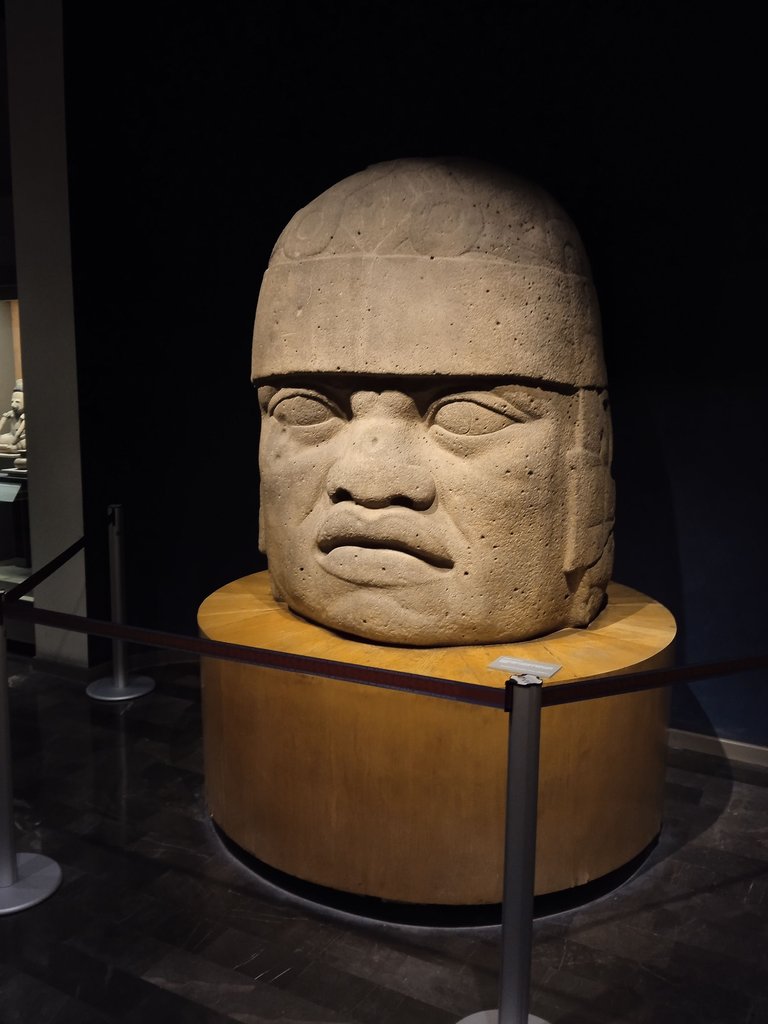
[
Una escultura de la civilización Tolteca, que se desarrolló entre el 900 y el 1200 después de Cristo.Tomada con mi Redmi 9A/A sculpture from the Toltec civilization, which developed between 900 and 1200 AD. Taken with my Redmi 9A]
English Version - Click here!
The National Museum of Anthropology in Mexico City is one of the most important and recognized museums in the world. This museum is a place where you can learn about the history and culture of Mexico, from pre-Hispanic times to the present day.
The museum has an impressive collection of artifacts and objects that represent the different cultures that have inhabited Mexico throughout the centuries. From ancient civilizations such as the Mayans, Aztecs and Olmecs, to more recent cultures such as the Tarascans and Zapotecs, the museum offers a comprehensive view of Mexico's rich history.
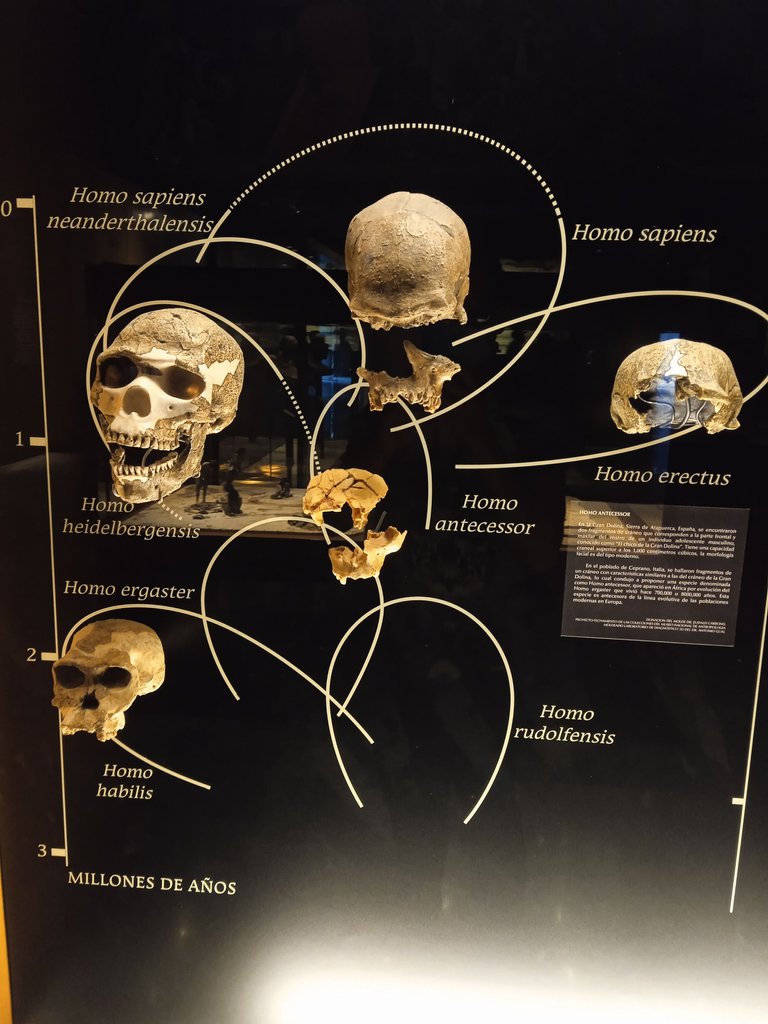
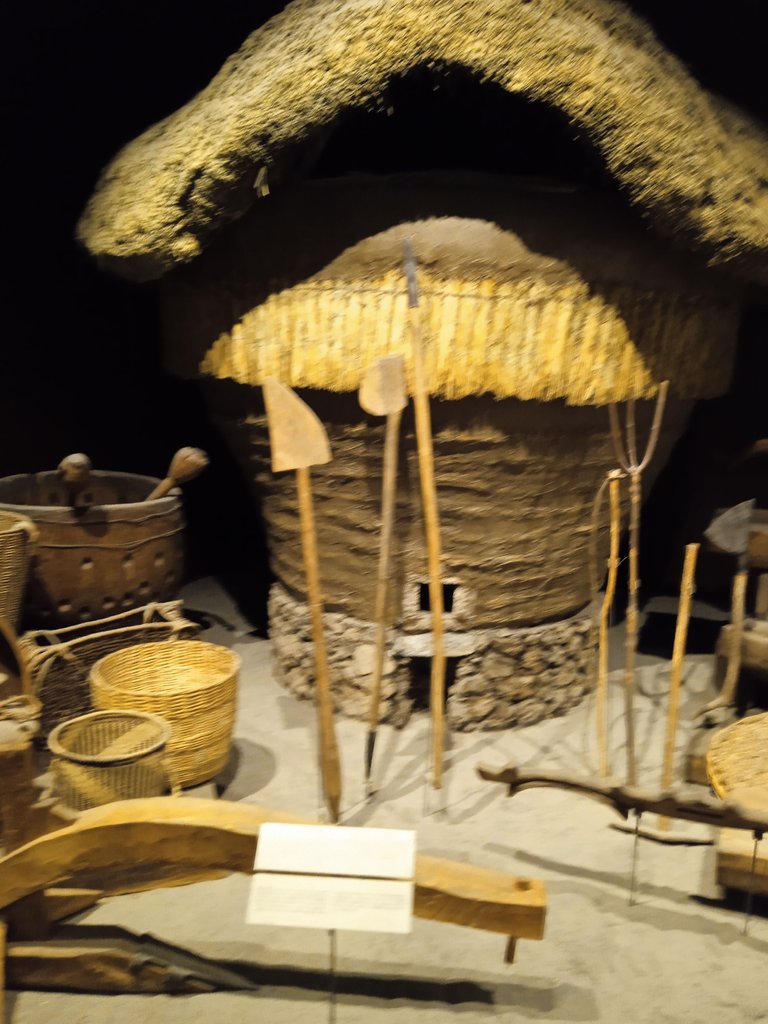
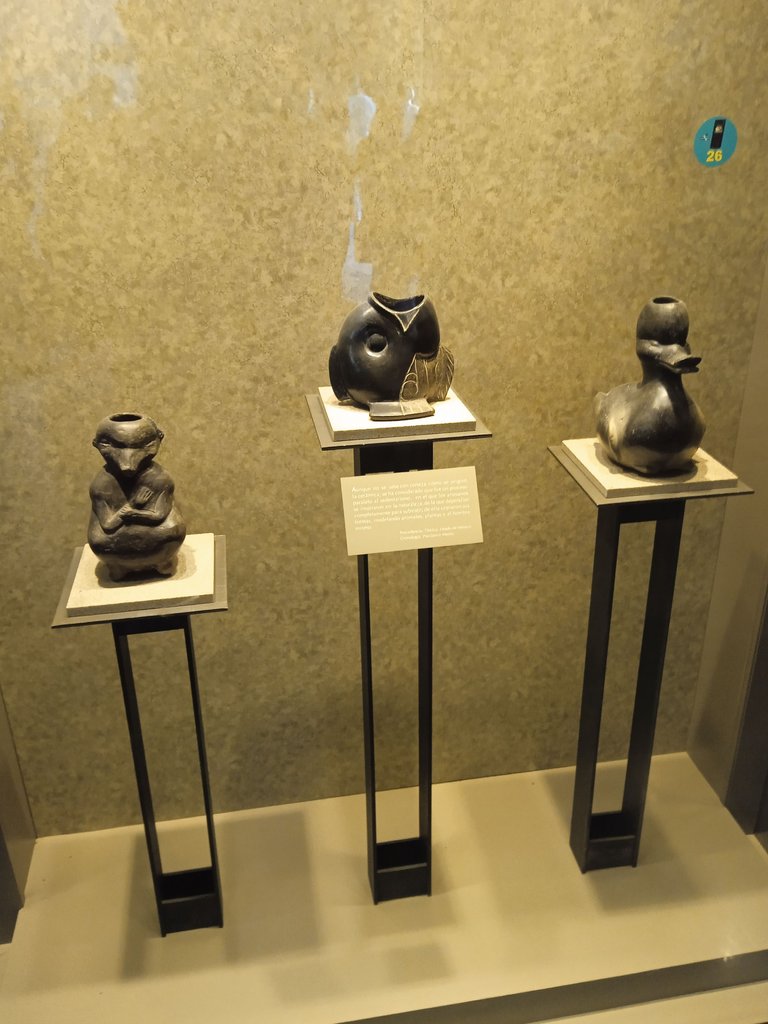
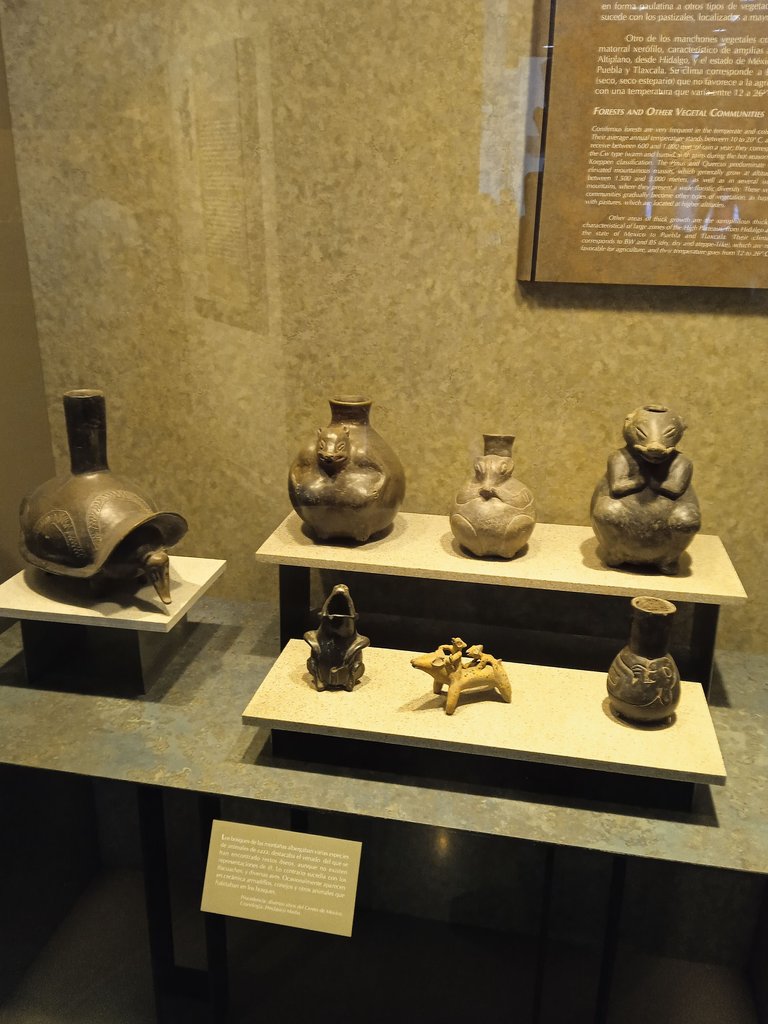
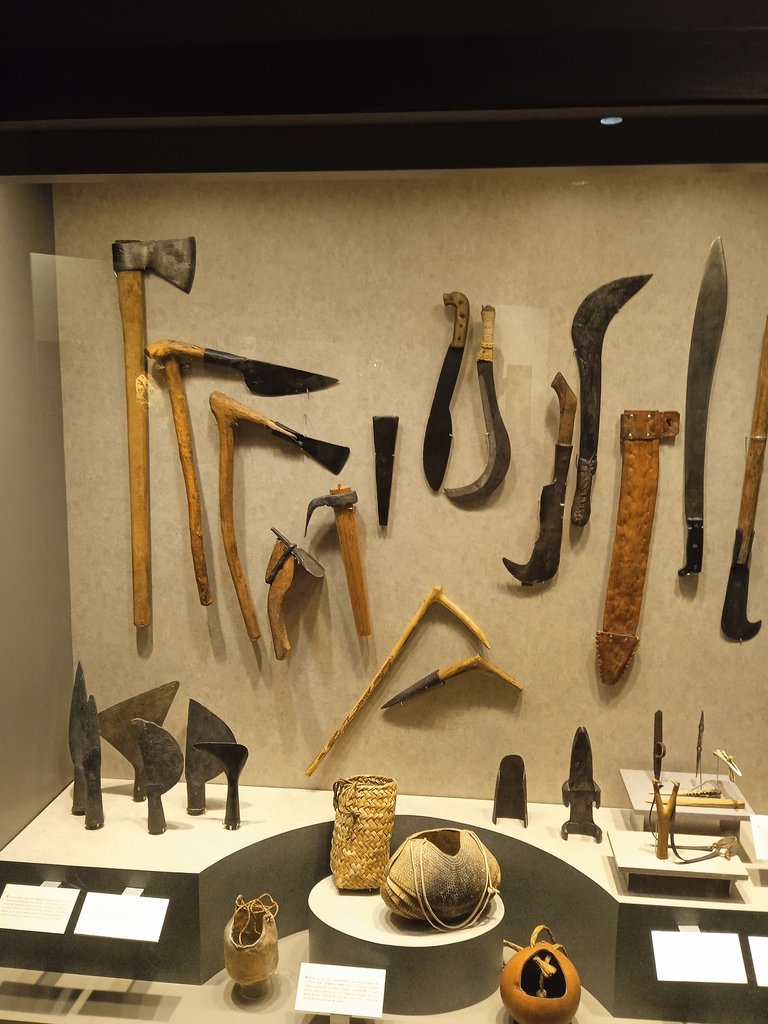
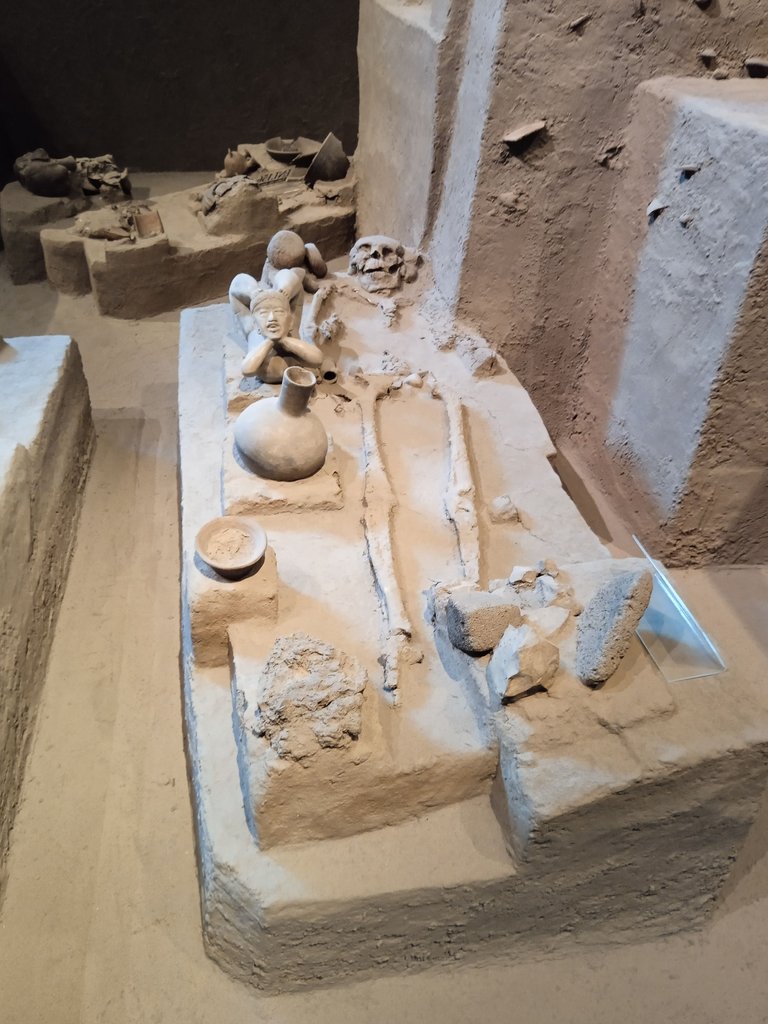
Algunas imágenes de las exposiciones que evidencian diferentes momentos de las culturas del Valle de México y áreas cercanas a la costa. Tomadas desde mi Redmi 9A/Some images of the exhibitions that show different moments of the cultures of the Valley of Mexico and areas near the coast. Taken with my Redmi 9A]
English Version - Click here!
One of the museum's most impressive exhibits is the Sala Mexica, which presents the history of the Aztecs and their capital, Tenochtitlán. The room has a replica of the Sun Stone, also known as the Aztec Calendar, which is one of the most famous pieces in the museum.
Another notable exhibit is the Oaxaca Room, which features Zapotec and Mixtec culture. This room has an impressive collection of jewelry and gold objects, as well as a replica of Tomb 7 of Monte Albán, which is one of the most important tombs of the Zapotec culture.
In addition to the permanent exhibits, the museum also has temporary exhibitions that present different aspects of Mexican culture. These exhibits are a great way to learn about specific topics, such as music, food, and religion.
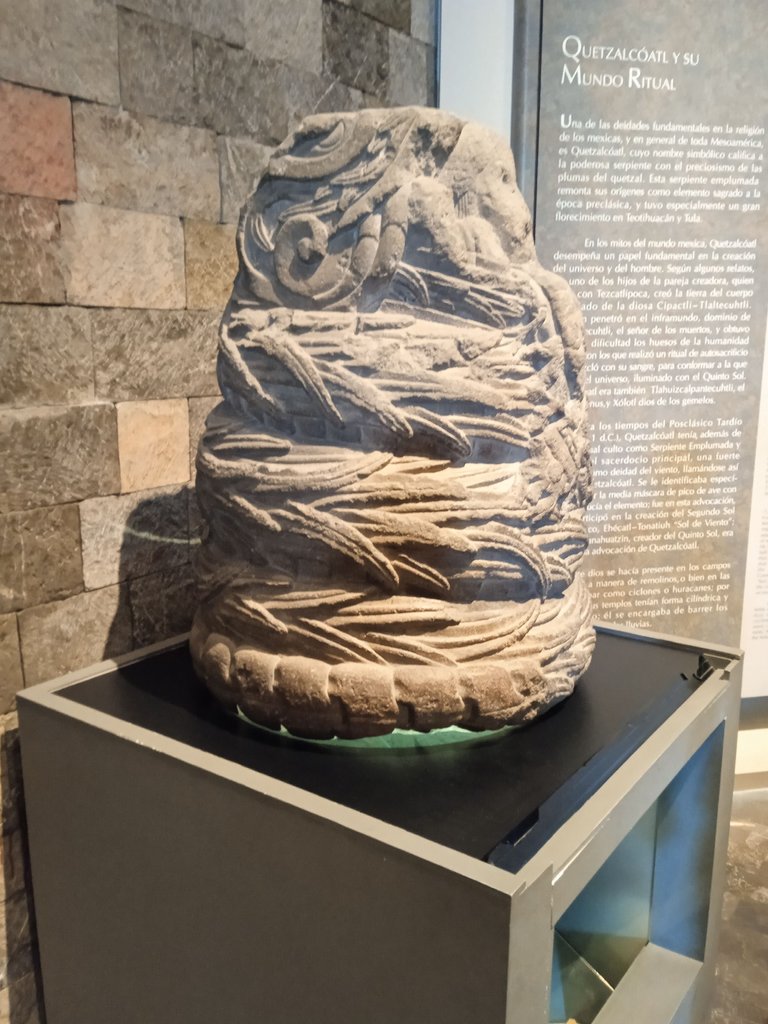
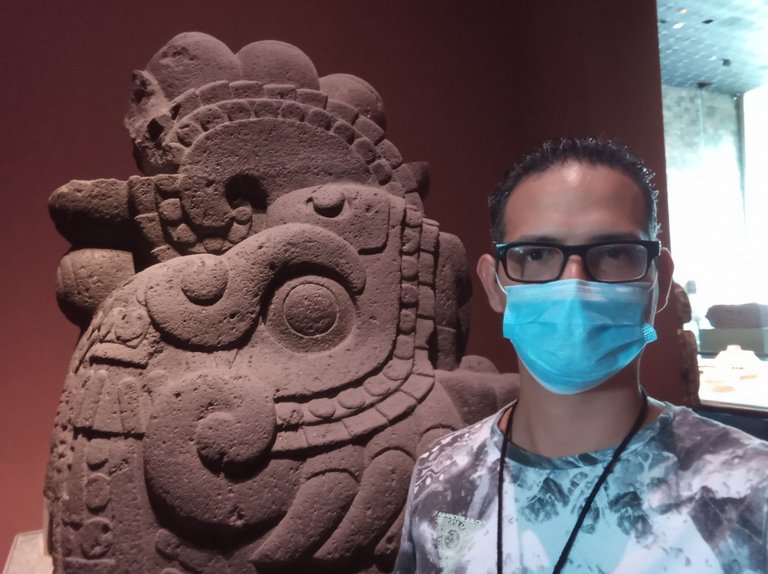
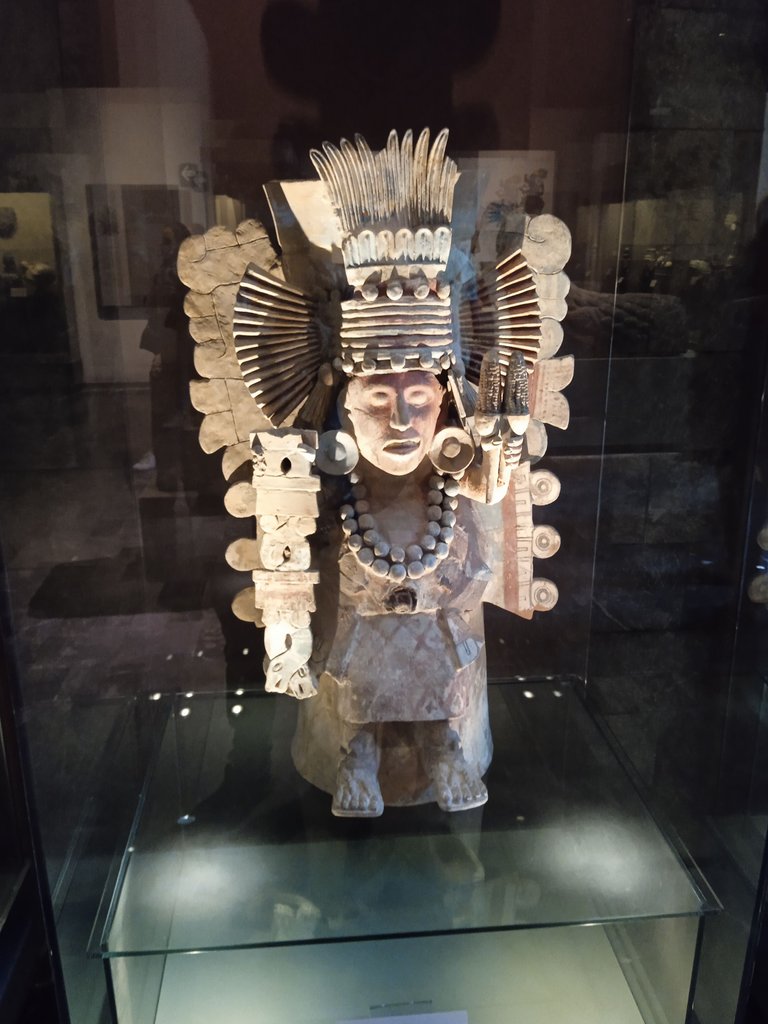
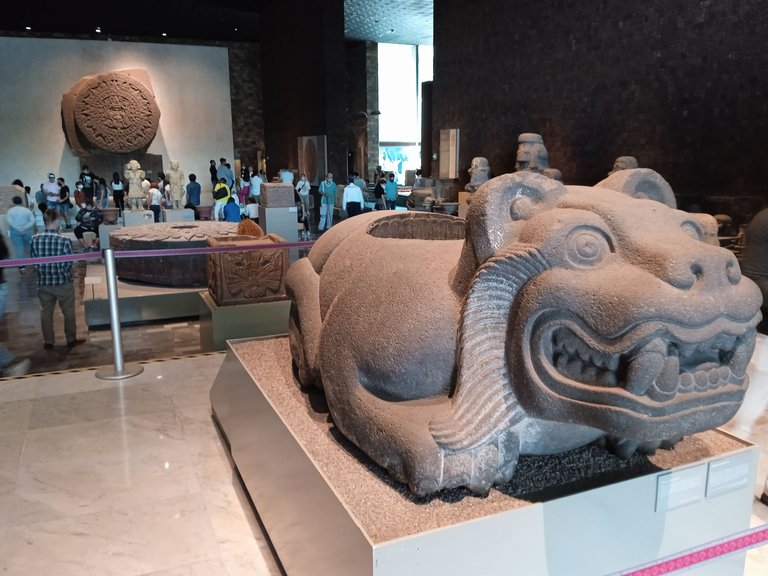
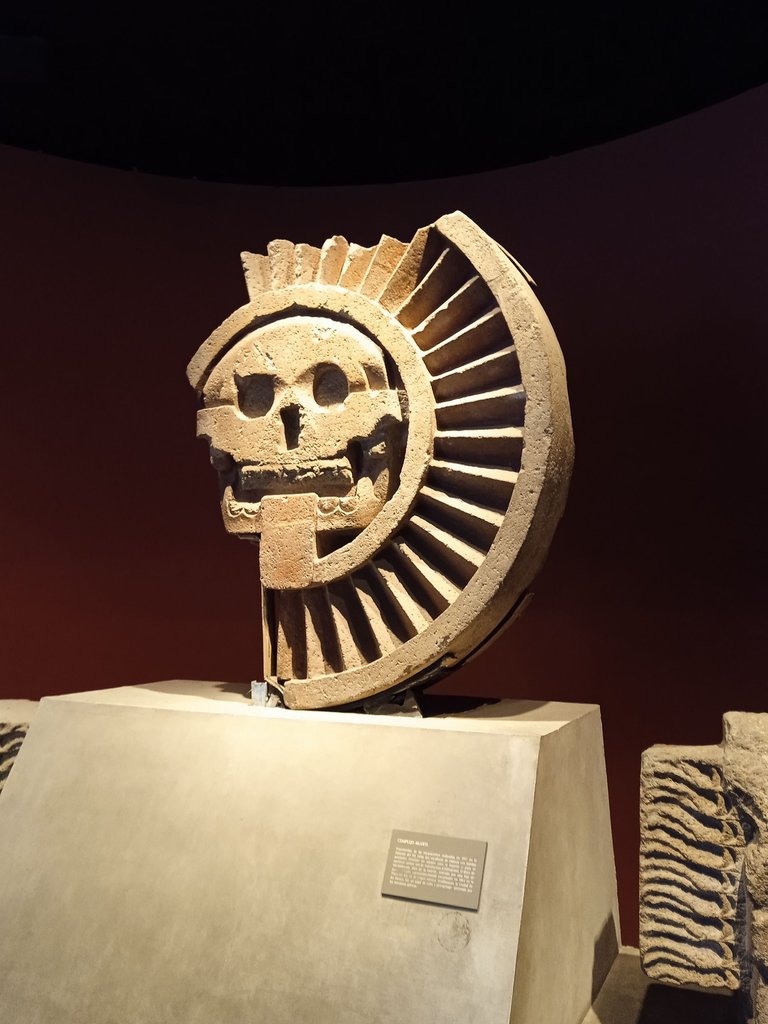
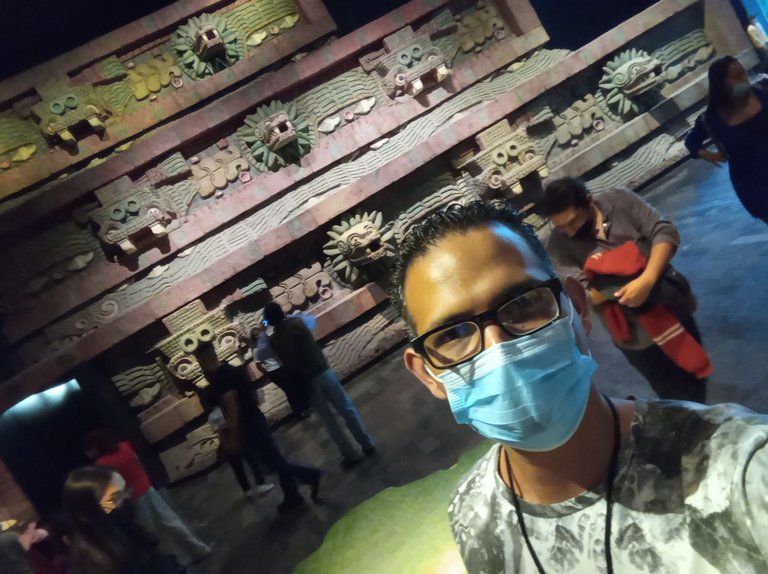
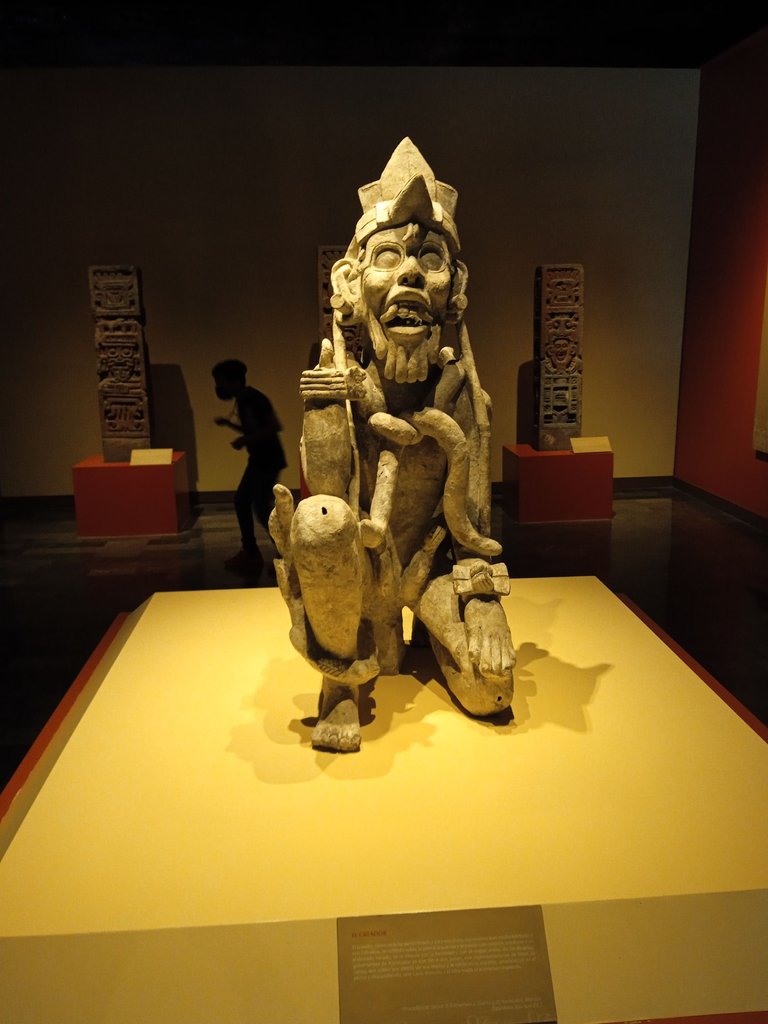
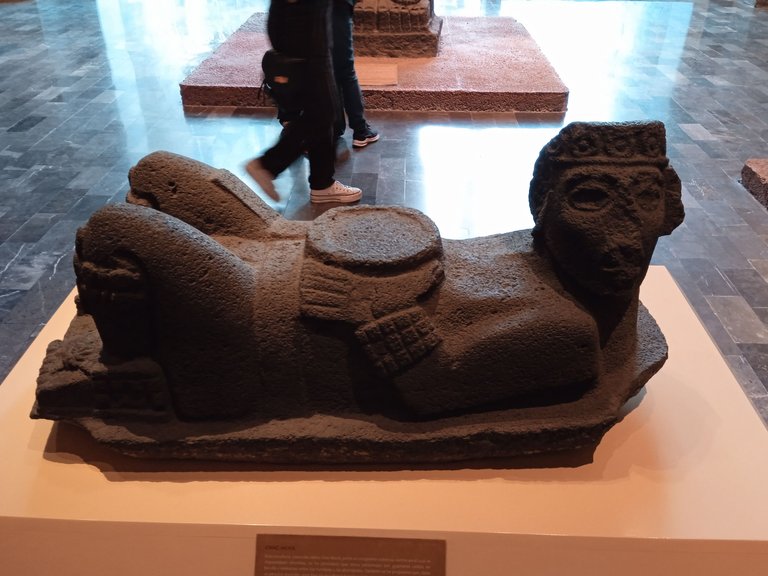
AAlgunas imágenes de representaciones religiosas de las culturas Maya y Azteca. Destaca la serpiente emplumada, deidad con un especial arraigo en las culturas del Valle de México. En sus orígenes fue una divinidad relacionada con el agua, pero a lo largo de los siglos fue adquiriendo otras atribuciones y desdoblándose en otras advocaciones en la mitología de cada pueblo indígena donde existía su culto. Destacan las piedras donde se realizaban los sacrificios humanos. Tomadas desde mi Redmi 9A/Some images of religious representations of the Mayan and Aztec cultures. The feathered serpent stands out, a deity with special roots in the cultures of the Valley of Mexico. In its origins it was a divinity related to water, but over the centuries it acquired other attributions and unfolded into other devotions in the mythology of each indigenous town where its cult existed. The stones where human sacrifices were made stand out. Taken with my Redmy 9A
Un lugar especial de la colección lo tiene reservado la Piedra del Sol, que es el famoso calendario Azteca, que tanto argumento ha dado para series y películas.
Ciertamente, en un post no puedo abarcar toda la historia contenida en el Museo de Antropología, y creo que no logro hacerle justicia. Cuando los conquistadores llegaron a México encontraron una civilización rica en cultura y con un gran avance científico. A veces me pregunto ¿Qué hubiera sido de América si la colonización no hubiese detenido su normal desarrollo?
Si has llegado hasta aquí, solo resta agradecerte por leerme y te invito a vernos en otro encuentro con la historia. Hasta entonces tengan los mejores deseos.
English Version - Click here!
A special place in the collection is reserved for the Stone of the Sun, which is the famous Aztecan calendar, which has provided so much plot for series and movies.
Certainly, in one post I cannot cover all the history contained in the Museum of Anthropology, and I think I cannot do it justice. When the conquistadors arrived in Mexico they found a civilization rich in culture and with great scientific progress. Sometimes I wonder what would have happened to America if colonization had not stopped its normal development?
If you have come this far, all that remains is to thank you for reading me and I invite you to see us in another encounter with history. Until then have the best wishes.
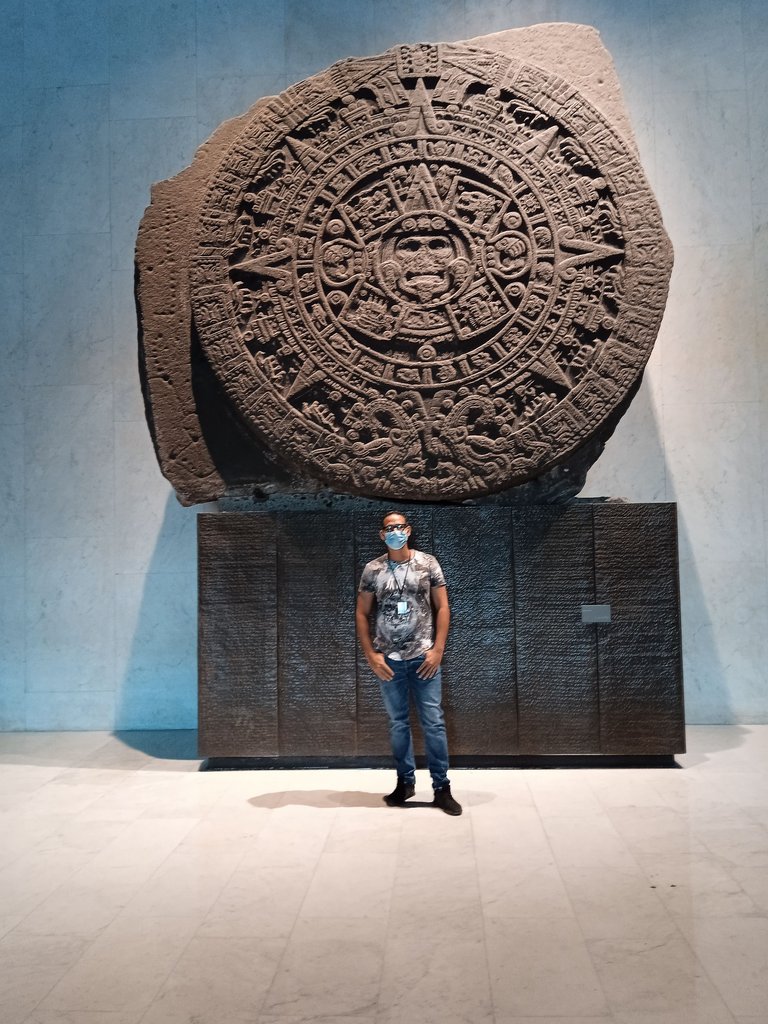
La piedra del sol, el calendario Azteca. Tomada con mi Redmi 9A/The stone of the sun, the Mayan calendar. Taken with my Redmi 9A]
The National Museum of Anthropology looks amazing! I don't remember having something similar in my country and the statues and overall things exposed are just something else for me :)
Yes is an amazing place to visit. We don't have one like this museum, in Cuba. Thanks for comment.
No worries! The pleasure was all mine :)